As the demand for sustainable agriculture continues to rise, many individuals are exploring organic farming methods to promote environmental health and reduce chemical reliance. Among these practices, organic heirloom farming stands out as a unique approach that combines tradition with modern sustainability goals. Heirloom seeds, often passed down through generations, offer a bridge between ancient farming wisdom and contemporary agricultural needs. This article delves into the intricacies of organic heirloom farming, examining how these practices enhance sustainability, the nutritional advantages they provide, and why age-resistant seeds play a pivotal role in ensuring successful harvests. By understanding the principles of heirloom farming and the benefits of using organic seeds, readers can gain valuable insights into cultivating nutrient-dense crops while preserving biodiversity and promoting eco-friendly farming practices.
Can an Heirloom Be Organic?
Heirlooms, while celebrated for their historical lineage and unique characteristics, are not inherently organic. An heirloom’s organic status depends on how it is cultivated and processed. Here’s a breakdown:
- Heirlooms vs. Non-GMO vs. Hybrids: Heirlooms are open-pollinated plants that have been passed down through generations. Unlike hybrids, which are typically bred for specific traits, heirlooms may retain more natural traits. However, non-GMO seeds, including heirlooms, can still be treated with synthetic fertilizers or pesticides during growth.
- Why Heirlooms May Not Be Organic:
- The term “heirloom” refers to genetic lineage, not growing methods. Heirlooms can be grown conventionally or organically.
- Even heirlooms can be treated with synthetic chemicals during cultivation, making them non-organic.
- How to Check for Organic Heirlooms:
- Look for certifications like USDA Organic or Demeter/Green Globe certification when purchasing seeds or produce.
- Check the grower’s label or packaging for organic claims.
- Picking the Right Seeds:
- Choose seeds labeled as both heirloom and organic for guaranteed organic status.
- Support sustainable seed banks and local farmers who prioritize organic growing practices.
For more information on heirloom gardening and sustainable practices, visit our resource hub .
Comparing Heirloom and Organic
When deciding between heirloom and organic, it’s essential to evaluate personal preferences, environmental impact, and agricultural practices.
Heirloom vs. Organic
Heirloom vegetables are plants that have been passed down through generations due to their unique traits and flavor profiles. They often require less synthetic intervention, making them appealing for home gardens. However, heirloom does not inherently mean organic, as they may still be grown using conventional methods.
Organic farming, on the other hand, emphasizes the exclusion of synthetic chemicals, promoting environmental health and human well-being. While it can result in lower yields and higher costs, it aligns with sustainable practices.
Considerations
- Heritage and Sustainability: Heirloom seeds are often open-pollinated, making them easier to grow and sustainably reproduce. They adapt well to various environments, supporting diverse growing regions.
- Evironmental Impact: Organic farming reduces reliance on synthetic inputs, benefiting the environment and human health. However, it may lead to lower crop yields compared to conventional methods.
- Taste and Nutrition: Heirloom varieties are prized for their unique flavors, though there’s no conclusive evidence they are more nutritious than modern varieties. The quality largely depends on growing methods.
- Cost Efficiency: Heirloom seeds may initially cost more but can save money in the long run due to their resilience and reduced input needs. They also allow for seed preservation, reducing annual purchases.
Optimal Choice
The best approach combines the strengths of both. Seek heirloom seeds that are specifically grown organically, balancing historical significance with sustainable practices. This hybrid method offers the unique traits of heirloom plants while ensuring environmentally responsible production.
Ultimately, the choice hinges on individual priorities—whether it’s the historical value of heirloom varieties or the environmental benefits of organic farming.
What is Heirloom Farming?
Heirloom farming refers to the practice of cultivating plants that have been passed down through generations due to their unique characteristics, such as distinct colors, shapes, or historical significance. These crops are often preserved by saving seeds from previous harvests, ensuring their continued availability and diversity in agriculture.
Why Practice Heirloom Farming?
- Preserve Biodiversity: Heirloom crops contribute to genetic diversity, which is crucial for sustainable agriculture and resistance to pests and climate change.
- Connect with History: Many heirloom varieties have historical or cultural significance, connecting growers to their roots and traditions.
- Sustainable Practices: Heirloom farming often aligns with organic and sustainable methods, reducing reliance on synthetic chemicals.
- Unique Flavors: Heirloom crops frequently offer more complex flavors compared to modern, hybrid varieties.
How to Get Started with Heirloom Farming
- Choose Varieties: Select heirloom seeds suited to your climate and soil conditions. Resources like OldSeed can guide you in selecting the right crops.
- Practice Seed Saving: Start by saving seeds from your best-performing plants, ensuring proper isolation to prevent cross-pollination.
- Implement Crop Rotation: Rotate crops to maintain soil health and reduce pest populations, a common practice in traditional farming.
- Adopt Organic Methods: Use compost and natural fertilizers to promote plant health and reduce environmental impact.
- Use Traditional Tools: Opt for manual tools like hand trowels or small farm equipment to maintain control and efficiency.
Challenges of Heirloom Farming
- Lower Yields: Heirloom crops may not produce as much as hybrid varieties, requiring more attention and care.
- Pest Resistance: Some heirloom plants are more susceptible to pests and diseases, necessitating targeted management strategies.
- Weather Dependence: These crops may be more vulnerable to extreme weather conditions, such as drought or heavy rainfall.
Resources for Heirloom Farming
- OldSeed: Visit OldSeed for comprehensive guides, tips, and resources on heirloom gardening and sustainable practices.
- Local Farmers’ Networks: Connect with fellow gardeners and farmers in your area who share knowledge and experiences with heirloom crops.
- Agricultural Extensions: Contact your local Cooperative Extension Service for region-specific advice and programs on heirloom farming.
- Community Supported Agriculture: Join CSA programs that focus on heirloom and traditional crops, supporting local producers.
How Long Do Organic Heirloom Seeds Last?
Your organic heirloom seeds can last for several years when stored properly, depending on the conditions and the type of seed. Here are some key factors to consider:
- Storage Conditions: Store seeds in a cool, dark, and moisture-free environment. Ideal temperatures range between 32°F to 50°F (0°C to 10°C).
- Moisture Levels: Excessive moisture can lead to mold growth and seed degradation. Ensure seeds are completely dry before storage.
- Purity: Keep seeds free from impurities, such as dirt or pests, as these can reduce their viability and lifespan.
- Quality Packaging: Use airtight containers to protect seeds from humidity and pests. Proper packaging can significantly extend their shelf life.
### Storage Options
Ambient Storage: In a cool, dark place, most heirloom seeds will remain viable for 3-5 years. This is suitable for seeds you plan to use within that timeframe.
Refrigeration: Storing seeds in the refrigerator can extend their lifespan to 10-15 years. This method works well for longer-term storage without freezing.
Freezing: For maximum longevity, freeze seeds in an airtight container. This method can preserve seeds for 20 years or more, making it ideal for long-term storage.
### Best Practices
Always store seeds in a clean, labeled container with enough space for movement. Label the container with the seed name and storage date to keep track of your stock. For best results, consider using our heirloom seed storage tips for more detailed guidance.
Additionally, for those interested in preserving specific crops, we recommend exploring our guide on preserving garden herbs , which includes tips for seed saving and storage.
Will 20-Year-Old Seeds Grow?
Sprouting seeds that are 20 years old may still be viable, but their ability to germinate and grow successfully depends on several factors:
- Storage Conditions: Proper storage in a cool, dry place helps preserve seed viability. Ideal temperatures for long-term storage are between 32°F to 41°F (0°C to 5°C), and low humidity levels are crucial.
- Viability Decline: Over time, seed viability decreases, but many seeds can still germinate, especially under optimal growing conditions. The germination rate may be lower compared to newer seeds.
- Germination Testing: Before planting, conduct a germination test by placing seeds in damp paper towels and checking for sprouts. This can indicate overall viability.
For the best chance of success, consider the following:
- Plant in the Right Environment: Older seeds may require more attention and better soil conditions to thrive.
- Test First: Perform a small-scale test in a controlled environment before committing to larger plantings.
Preserving heirloom seeds and supporting sustainable gardening practices makes every effort worthwhile. For more tips on seed care and planting, explore our Seed Care Guide .
Will 10-Year-Old Tomato Seeds Germinate?
Yes, typically, 10-year-old tomato seeds can still germinate under the right conditions. Seed viability decreases over time, but many seeds remain viable for up to 5 years, especially if stored properly. Factors like moisture, temperature, and storage conditions significantly impact seed longevity.
Factors Affecting Germination
- Moisture: Seeds absorb moisture, which can lead to mold or rot. Store seeds in a dry place, ideally in an airtight container.
- Temperature: Ideal seed storage temperatures are between 32°F to 50°F (0°C to 10°C). Avoid extreme heat or humidity.
- Storage Conditions: Keep seeds away from light, pests, and fluctuating temperatures. Proper storage extends seed life.
- Tomato Variety: Some varieties may have better longevity due to their genetic makeup. Research specific varieties for optimal results.
Testing Before Planting
Before planting, test seeds by placing them in damp paper or soil to check for germination. This ensures they are still viable and ready to grow.
Conclusion
While 10-year-old tomato seeds may not germinate as reliably as newer ones, many can still sprout with proper care. Always test seeds before planting to maximize your chances of success.
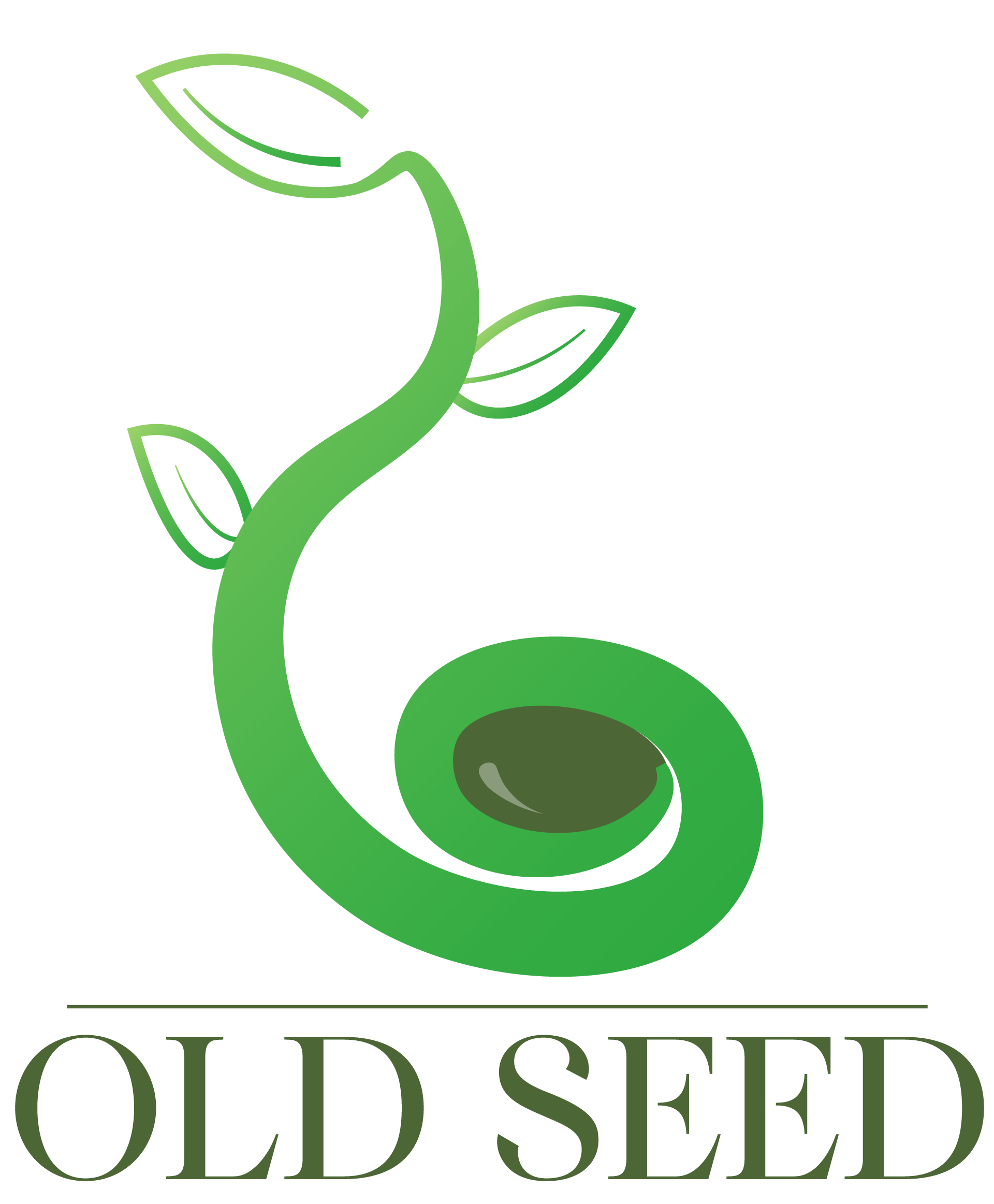
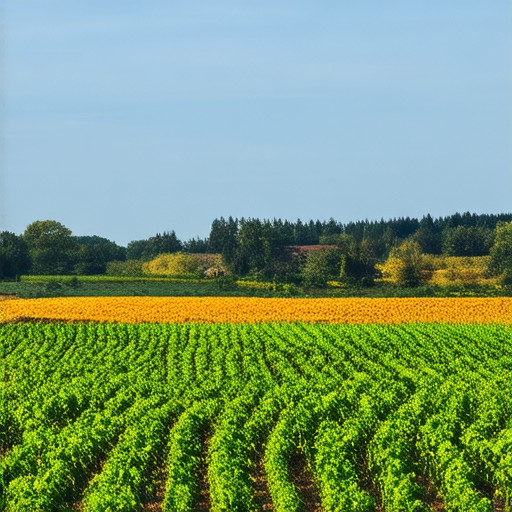
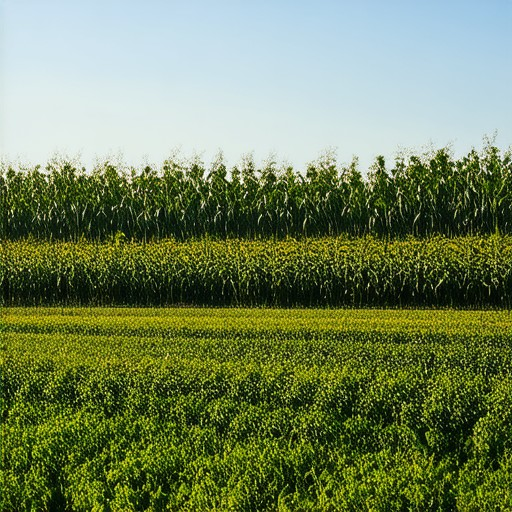
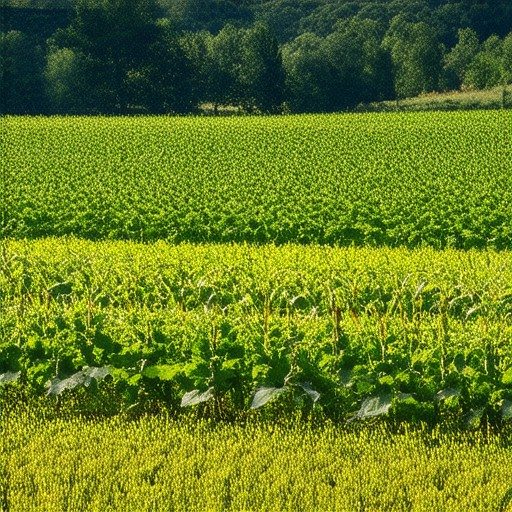
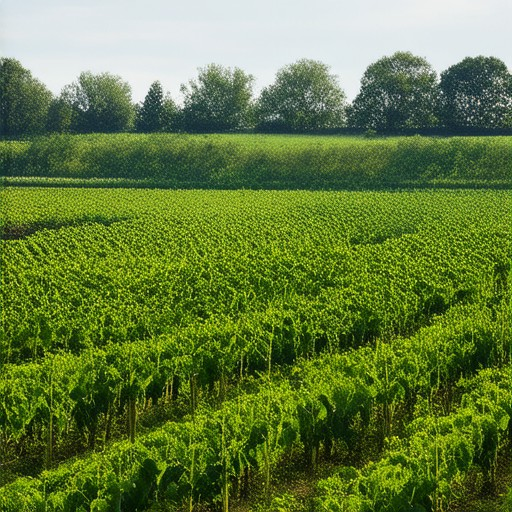

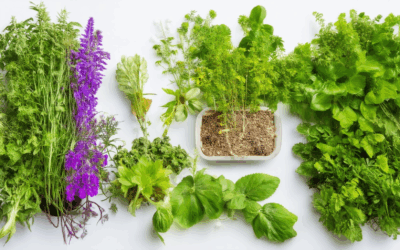
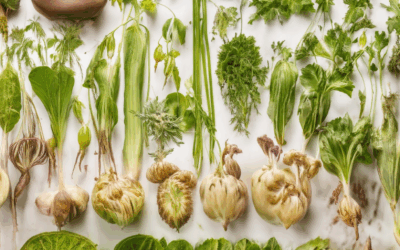
0 Comments